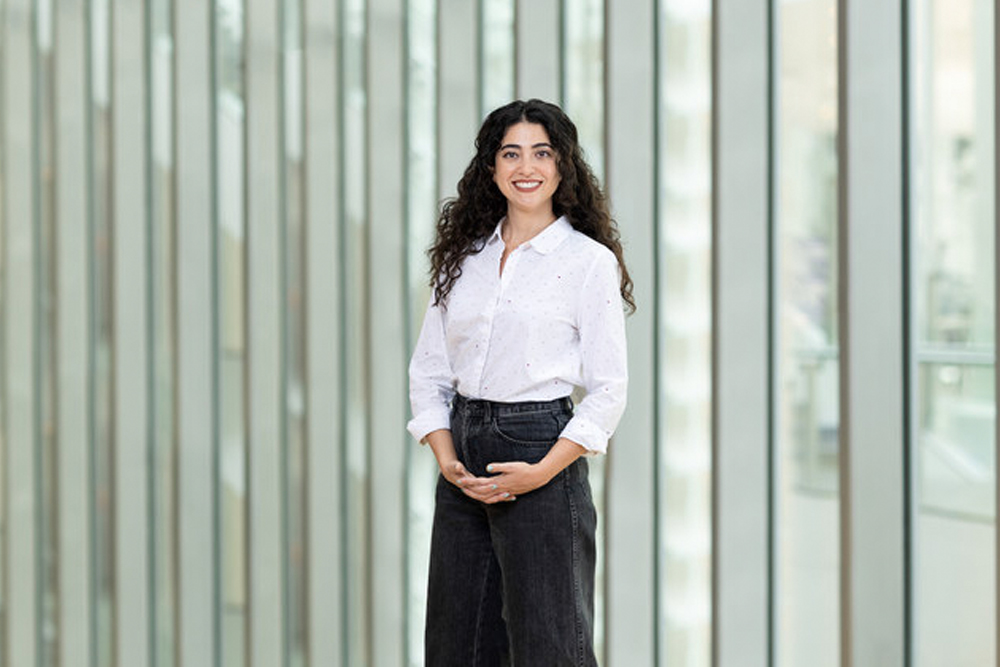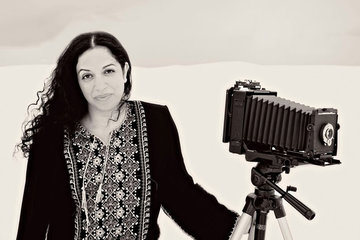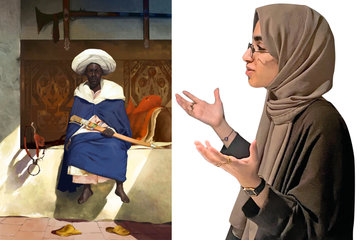
In a conceptual exploration that contributes to a collective exhibition at NIKA Project Space in Dubai until January 13, 2024, a Kuwait-based artist delves into her personal and cultural background. Firmly identifying as Palestinian, she traces her roots to grandparents who migrated to Kuwait for nation-building endeavors. Born in 1987 amid the First Intifada, she vividly recalls the subsequent Second Intifada, a period when her awareness of injustice deepened as she transitioned into womanhood and embraced her Palestinian identity. As custodians of family memories, her grandparents played a pivotal role in shaping her understanding of Palestine, and she remained acutely conscious of their endured trauma.
Her artistic journey began with material exploration, best exemplified by the "Womb Amulets" series. Inspired by the cross-stitching of her paternal grandmother, the artist was curious to stitch into clay to create an amorphous fabric that represented the environment, which led her to return to school for an MFA. The resulting imperfect clay spheres, resembling wombs, evolved into metaphors for weaving selfhood, identity, and connection to the planet. The unexpected pink hue of the first sphere, emerging from the oven despite the clay's inherent brown color, heightened its significance.

These palm-sized 'wombs,' fitting within a clenched fist representing the heart's size, embody a poetic dimension. Crafted in pairs, symbolizing two facets of the artist's heart, they initially served as a mourning tribute for the photographer Tarek Al-Ghoussein, a relative, who passed away in 2022. Functioning as symbolic boundaries between life and death, the artist's mentor recognized their significance, urging her to produce more.

The decision to integrate names of illegally imprisoned individuals, including children, inside the amulets arose as the artist embarked on serializing her work. This intentional act seeks to draw attention to the plight of prisoners while emphasizing vulnerability through the exposed organs. Adding pillows beneath the "wombs" imparts a compassionate dimension, uniting them to reinforce instances of worldwide unity. The artist's assembly-line approach amplifies the impact, turning her artwork into a poignant commentary on life, death, and shared humanity.

















